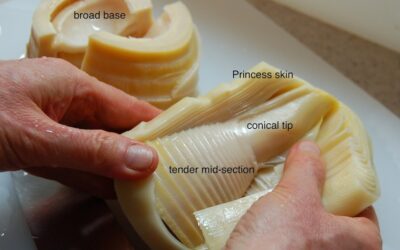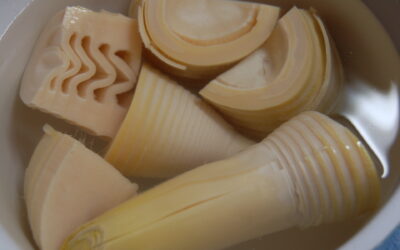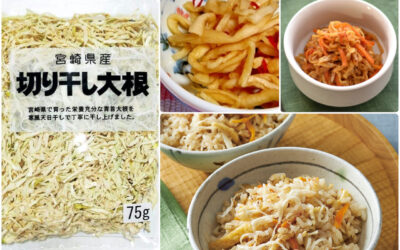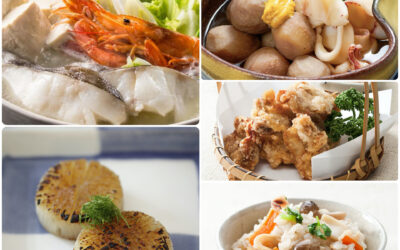
Kitchen Culture Cooking Club
EXPLORE and PRACTICE Japanese cooking in your own kitchenAbout Kitchen Culture Cooking Club
Welcome to the Kitchen Culture Cooking Club, a community space providing encouragement to those who want to EXPLORE and PRACTICE Japan’s washoku wisdom in their own kitchens.
To facilitate this, themed projects will be posted to this page periodically. Project Assignments and links to relevant reference material stored on this site will be posted to this page. Anyone, anywhere in the world, with a sincere interest in Japanese food culture is welcome to browse the contents of this page and then replicate the themed project in their own kitchen.
For those who wish to display-and-discuss their projects with like-minded people, I invite you to join the KITCHEN CULTURE Cooking Club Facebook Group (formerly the TSUDOI Project), an interactive community space.
PROJECT Small Plates
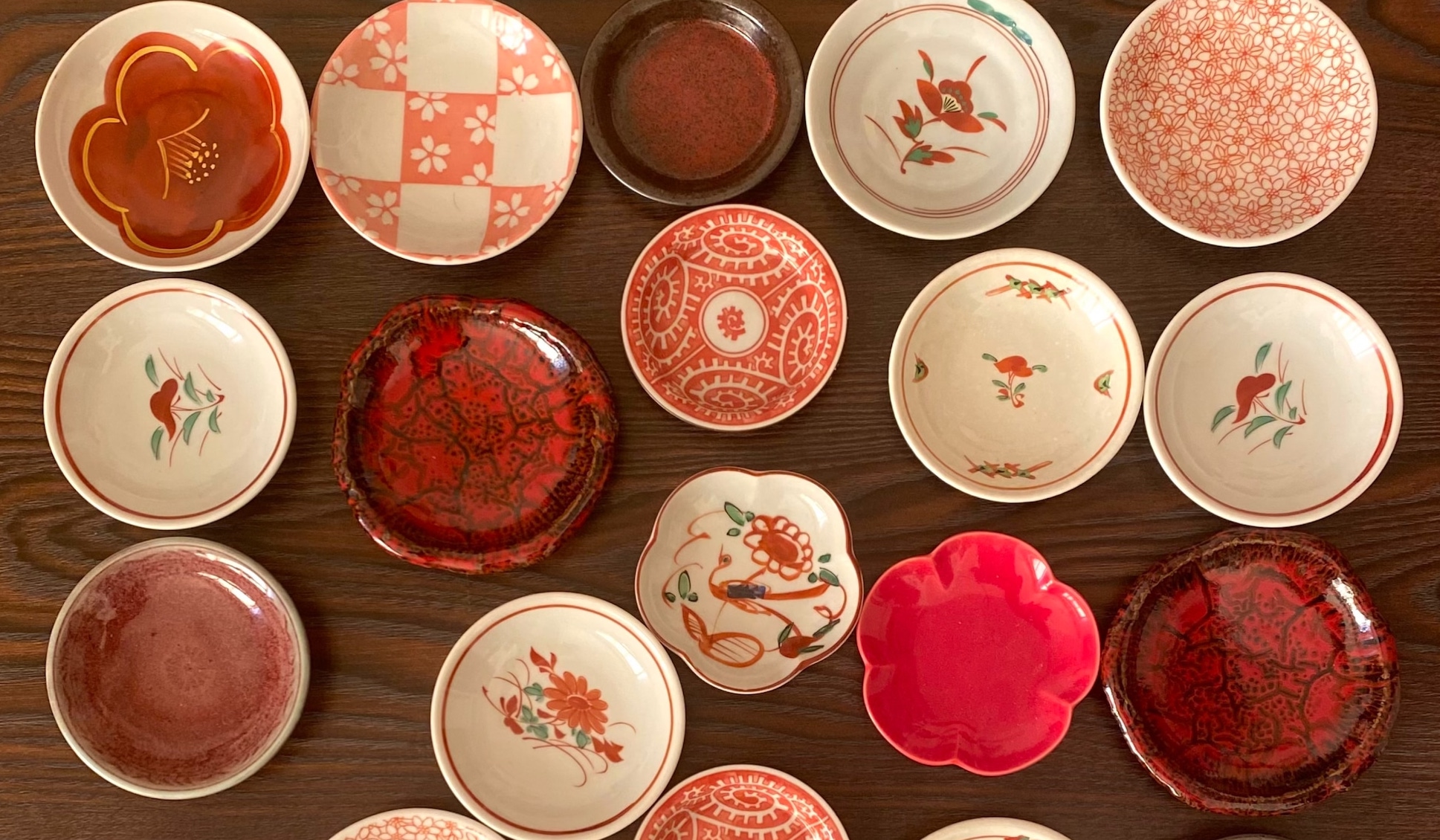
MAMÉ-ZARA Fun
Collecting and Using Small Plates
Part of the fun of collecting dishes and other tabletop accessories, is to assemble wide-ranging variations within a category. With mamé-zara, one way to do this is focus on a color scheme such as red and then collect as many different shapes and designs as possible.
Another might be to choose a subject like Mt Fuji … or the auspicious kotobuki calligraphy 寿
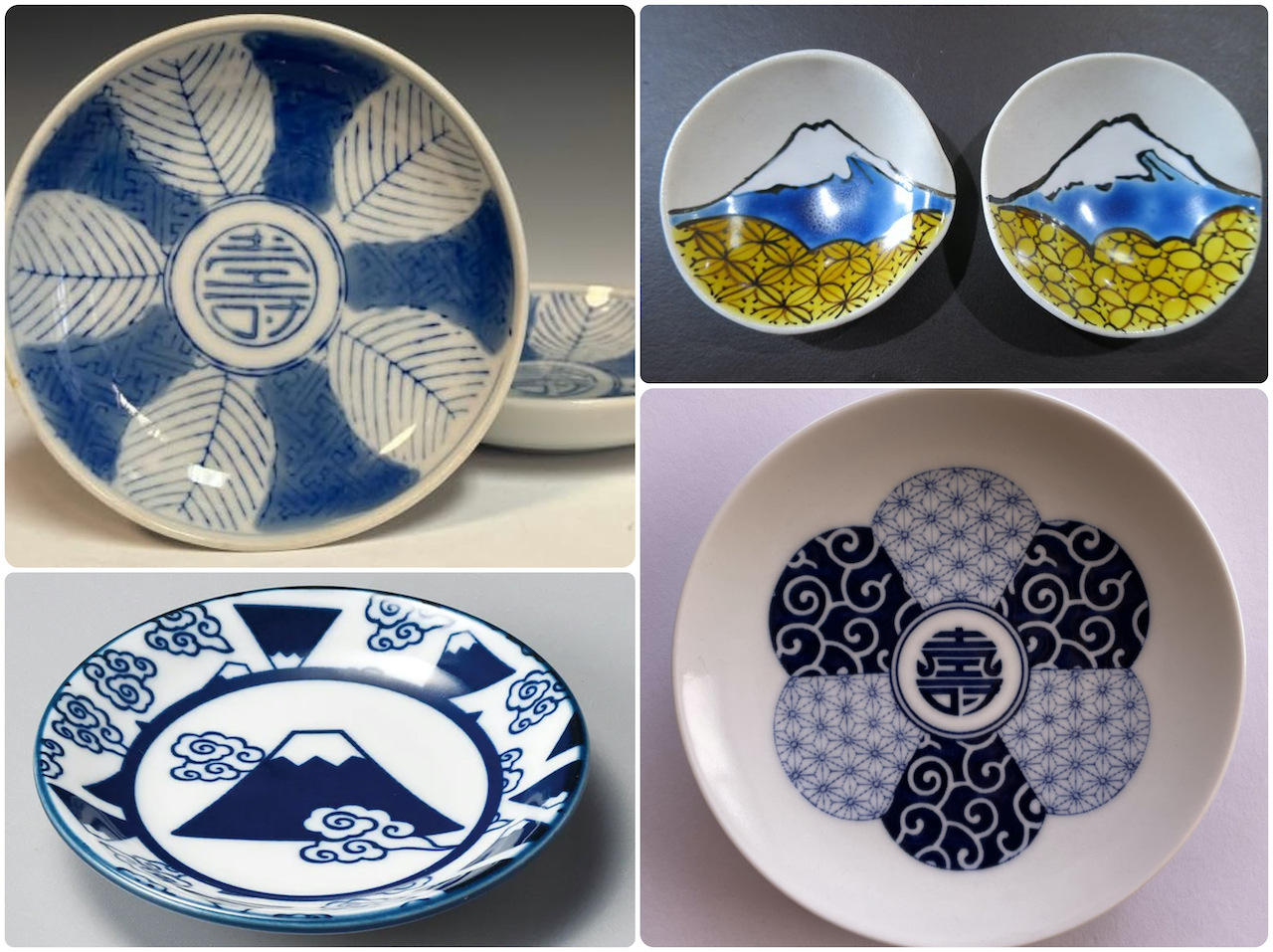
No matter what color, shape or theme you choose for organizing your mamé-zara, small plates are a great way to serve tasty tidbits, whether they are freshly made for that meal, or leftovers from a previous one.
To get you started, here are a few recipes for small bites that pair well with beer or sake or tea.
SHISO MAKI しそ巻き hails from Japan’s Tohoku region known for its walnuts and full-bodied red miso. This dish showcases both in an addictively tasty filling for herbaceous shiso leaves. Some Tohoku chefs will add a spicy spark to the sweet-and-salty miso mixture by adding a pinch of fiery shichimi tōgarashi to the filling.
and
HŌRAI-ZUMÉ 宝来詰め plump, juicy Treasure Filled (stuffed with chicken) Mushrooms, that are skillet-seared and soy-glazed.
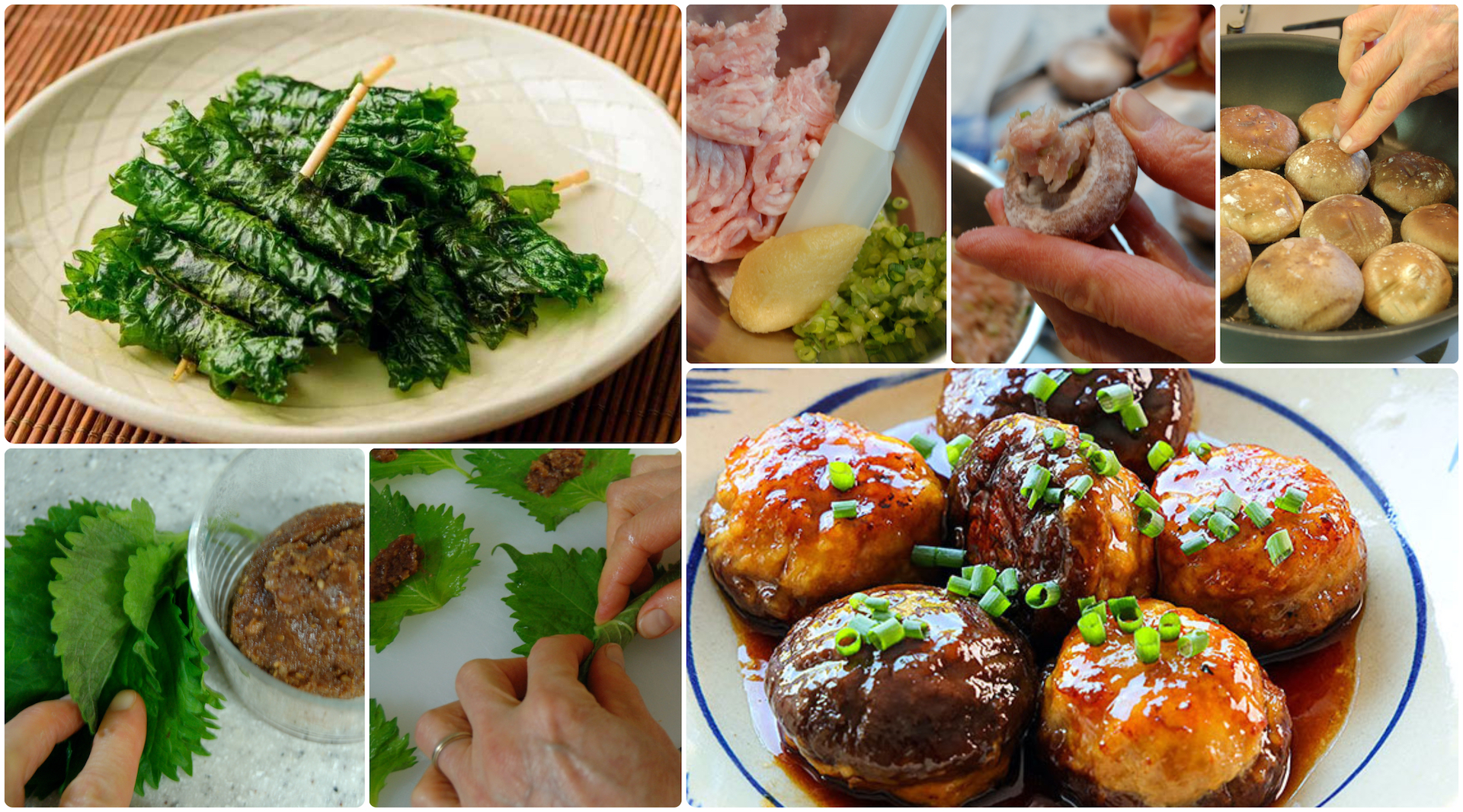
Visit the companion blog post, Small Plates.
Recipes and Resources
Stock (Dashi)
Dashi stock is essential to making soups and simmered or stewed dishes. Dashi is also used when making many egg dishes and all sorts of sauces, dips and dressings. Using good dashi will make a noticeable difference in the outcome of so many dishes you prepare.
Click to download recipes for (vegan) Kelp Alone Stock or Standard Sea Stock + Smoky Sea Stock
How to Cook Rice
In Japanese, the word for cooked rice, ご飯 GOHAN, is the same as the word for a meal, ご飯 GOHAN. Indeed rice is central to the meal. Download the Rice with Mixed Grains recipe.
How to Prepare Sushi Rice
Sushi dishes are made with rice that has been seasoned (with sweetened vinegar) AFTER being cooked. Download the Classic Sushi Rice recipe.
Quick Pickles
The Japanese enjoy a wide variety of tsukémono pickles, many can be assembled quickly and are ready to eat within a short time.
Download a recipe for Quick-Fix Hakusai Cabbage.
PROJECT Cooking with Bamboo Shoots
A single bamboo shoot has different segments, each with a different texture and flavor profile. The BROAD BASE is best suited to cutting into circular slabs, half-moon slices, or chunks. Try slathering these with miso and broiling to make dengaku... or soy-glazing...
Fresh Bamboo Shoots
The moment in the culinary calendar when a food is at its seasonal peak of flavor is referred to as shün, and it is the driving force in most Japanese kitchens. Indeed, entire menus are planned around shün ingredients. In the spring, as tender bamboo buds begin to...
PROJECT Kiriboshi Daikon
Cooking with KIRIBOSHI DAIKON in your kitchen. This versatile ingredient can be used in soups, pickles, rice dishes and a variety of sides, too. Here are a few recipes to get you started: Kogane Meshi, a takikomi-style rice dish Granny's Sun-Dried Radish, a...
PROJECT Cooking with Fish Sauce
There are lots of ways of using fish sauce. Here are a few popular examples: (top, left) NABÉMONO (hot pots that get assembled ahead and simmered at table) are often made with a seasoned broth. IKANAGO NABÉ seasoned with funky ikanago shoyu, is brimming with fish,...

